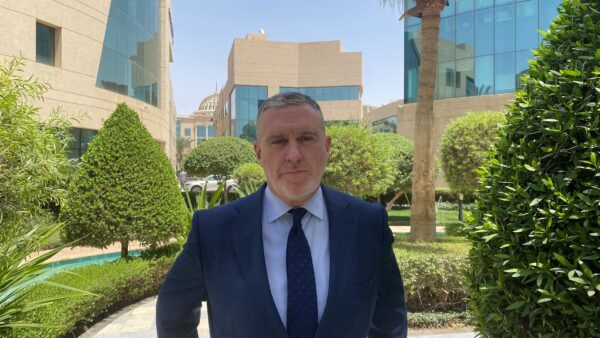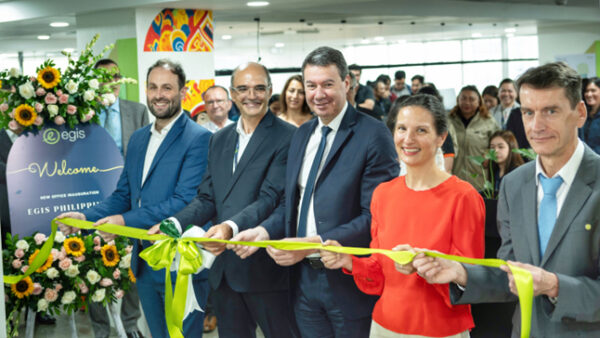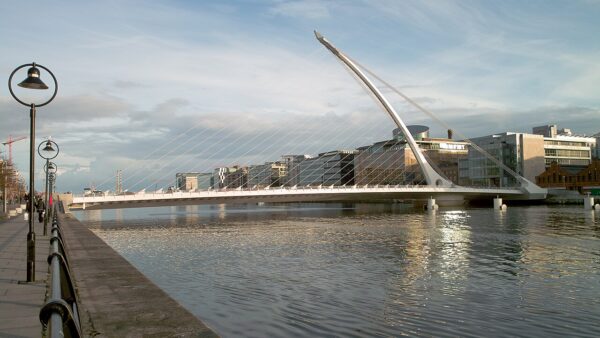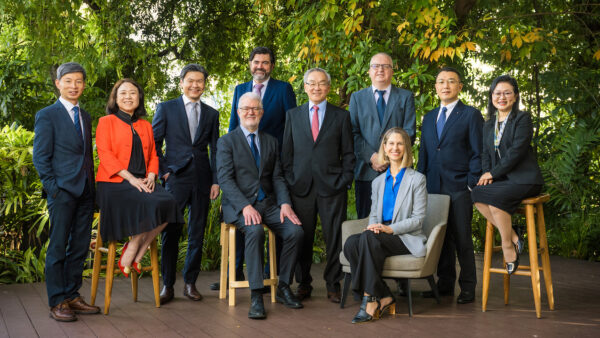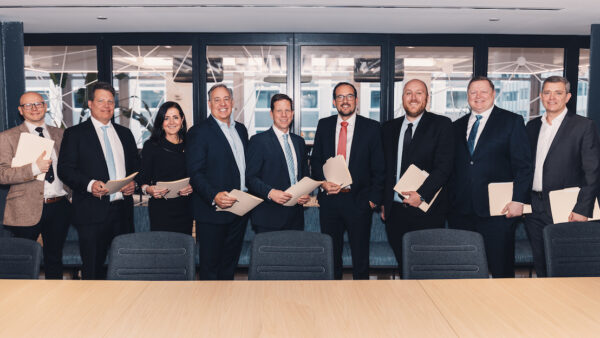21 March 2014
America’s airport sector is taking off and, so as not to miss the flight, Turner & Townsend has just appointed Tina Millan as its first aviation vice-president. David Rogers talked to her about dealing with disaster, the psychology of long-term projects and where America’s airports are heading
When Tina Millan became director of programme controls at Miami International Airport (MIA) in 2006, it wasn’t in the usual way.Â
For one thing, she didn’t even apply for the job. Instead, the head of the Florida Department of Transportation called her up and more or less begged her to take it: MIA’s massive, $6.4bn capital improvement programme was in dire straights.Â
The scheme, which included the new $3bn terminal, had begun with much fanfare and optimism in 1998, with completion scheduled for 2005.Â
That, at any rate, had been the plan.
But in 2005 Miami Dade County had to step in and take over the project because only 40% of the work had been completed and the contractors and consultants were refusing to do any more until $160m of claims had been settled.
“It was an ugly time,” Millan recalls. “When I walked into Miami it had been demobilised for a little over a year. We appointed a new contractor, Parson Odebrecht, who came in when nobody else wanted to bid.Â
“We settled a lot of claims and re-procured the work and in a year we were able to get people moving again; the rest of the project was procured over 18 months in pieces. We got to the point by the end of 2007 we were doing $40m a month in construction billings.”
The main problem turned out to be organisational rather than technical. Nobody was completely sure which bits of it they were supposed to be doing, and who they were supposed to be doing it for.Â
“The job had been over-procured,” Millan says. “The work was parcelled out to about 20 different architects so there were areas where the work overlapped, and there were gaps. And nobody was sure where the ultimate responsibility lay.”
Her first task was to streamline the reporting structure. There would be her, as programme controls director, plus the programme director, and they would report to the airport director.
“People talk about cost and schedule a lot-and don’t get me wrong, costs and schedule are huge-but for this one our problem was about scope and authority.”
Then there was a more unexpected psychological problem: the people who had worked on the job for a long time didn’t want it to end.Â
“When you have a long-term capital programme and you’ve been on it for nine or ten years, it feels uncomfortable that there would ever be an end,” she says. “So you have to deal with the fact that, okay guys, we really are finishing this now. Human nature for most people is just to keep going.”
MIA is the fourth busiest airport in America by passenger boardings. Once work on the North Terminal was finished, Millan took a job with Parsons as senior project manager and moved to Los Angeles International (LAX), the third busiest.Â
LAX had its own capital programme in progress and she was able to apply lessons she’d learned at MIA involving scope and defining responsibilities.

Tina Millan, Head of Aviation, USA (Turner & Townsend)
Thanks to her experience, she now sees an airport as a living thing. “It breathes, it moves, it thinks, it eats,” she says.Â
And, of course, it earns, which must be kept in mind during an upgrade: “You’re constantly phasing so you don’t limit the number of gates that are bringing you in revenue to the airport, the airline and the bondholders.”Â
Sonic boom
Many of America’s airports are considering big changes to the way they do business.
In the past 10 years, economic activity at US airports has doubled from about $500bn to $1.2 trillion, according to Airports Council International.
This is a success story, one that is as much a triumph for the public sector as the private, because almost all of America’s airports are owned by local governments, and are supported by grant from the Federal Aviation Authority and the Department of Transport.
But they’re facing a pinch, because those grants are under budgetary pressure and, at the same time, operators must invest more and more.Â
That’s because they have to reconfigure themselves to accommodate flying whales like the Airbus A380, which can move as many as 853 passengers in one lift. These beasts need larger hold rooms, two-level loading bridges, longer runways, and wider taxiways.Â
“It makes sense for an airline to fly these planes because of their fuel economy,” says Millan, “but it’s hard to find airports that can actually receive them.Â
“It’s quite an investment for an airport to convert a gate. I did one conversion at MIA and it was a $3m job to procure the special passenger loading bridges, the special pre-conditioned air units and the megahertz that go into powering it.”
Many operators are looking at ways of tempting private investors to contribute.Â
As you would expect, the prospect of a wave of privatisation and public-private partnerships has energised the construction industry, and explains why Turner & Townsend’s recently formed North American operation has just made Millan vice-president in charge of aviation.Â
But it’s not at all clear what form privatisations will take. At one extreme is the Brazilian model: this consists of simply handing an airport to a private sector consortium, lock, stock and baggage reclaim.Â
Millan says that US airports are watching Brazil with fascination, but she doesn’t believe they’ll follow suit any time soon. “That’s a little too hands off,” she says. “The US has been in charge of its airports for a very long time, so it’s going to be a slow process.”Â
What’s more, the government sees all airports in national security terms, so the Homeland Security Department’s Transport Security Administration and the Customs Border Patrol have a say in anything that happens, as does the FAA. “There are a lot of stakeholders, more than I’ve seen in international markets,” says Millan.Â
The difficulties US airport authorities face is illustrated by Chicago Midway International, which launched a $2.5bn deal to privatise in 2009 only to find that the private sector couldn’t find the money.Â
Chicago’s city council tried to revive the deal last year with a consortium that included Manchester airport, but again the deal fell through.
Millan doesn’t rule out the possibility of a more Brazilian approach in the future, however, partly because the people who run airports tend to know each other.
“Brazil was very aggressive and each of the concessions is different and autonomous,” she says.
“I do think we will be looking at them because airports form a small world – one of guys who worked with me in Miami is now the head of the Galeão job for Odebrecht in Rio, and the stakeholders are a global group. Talk to me in five years …”





